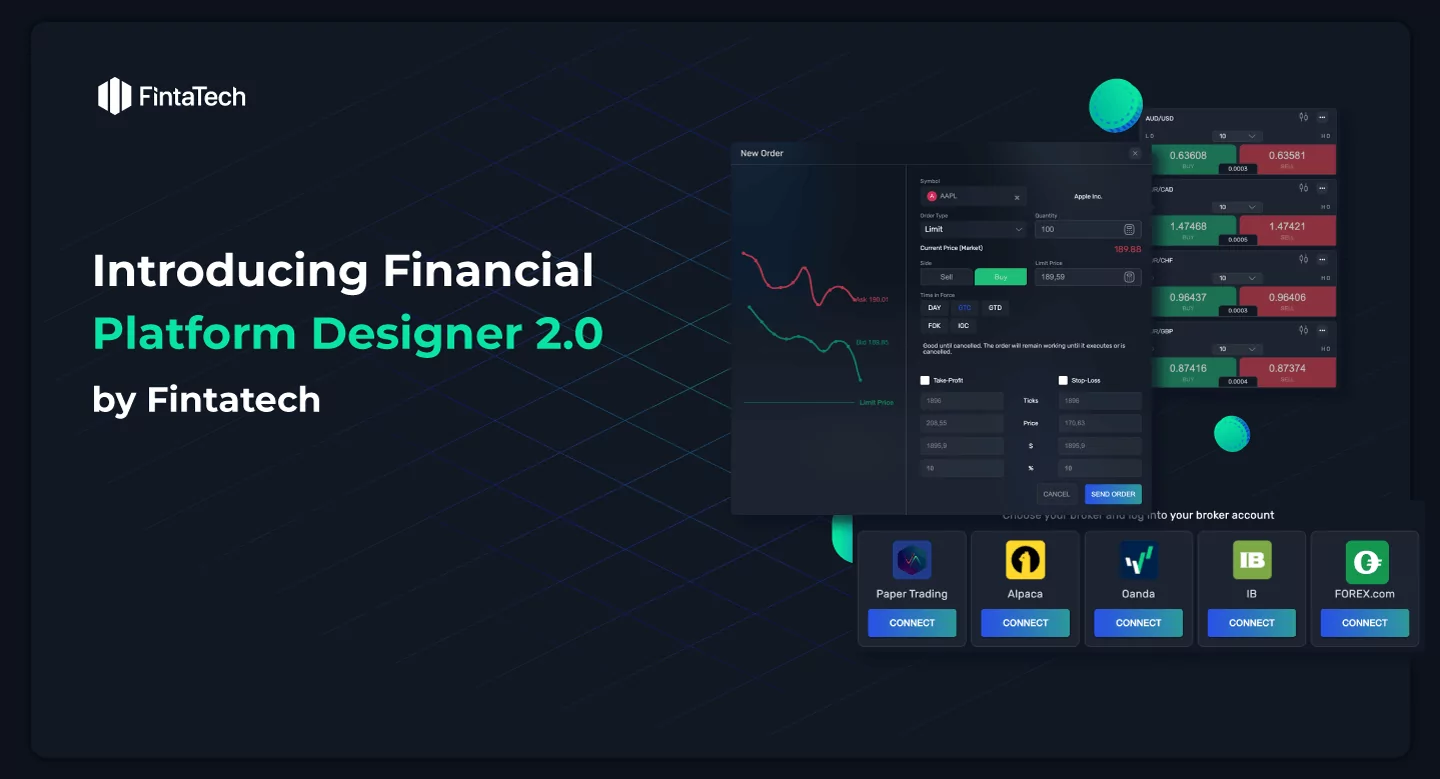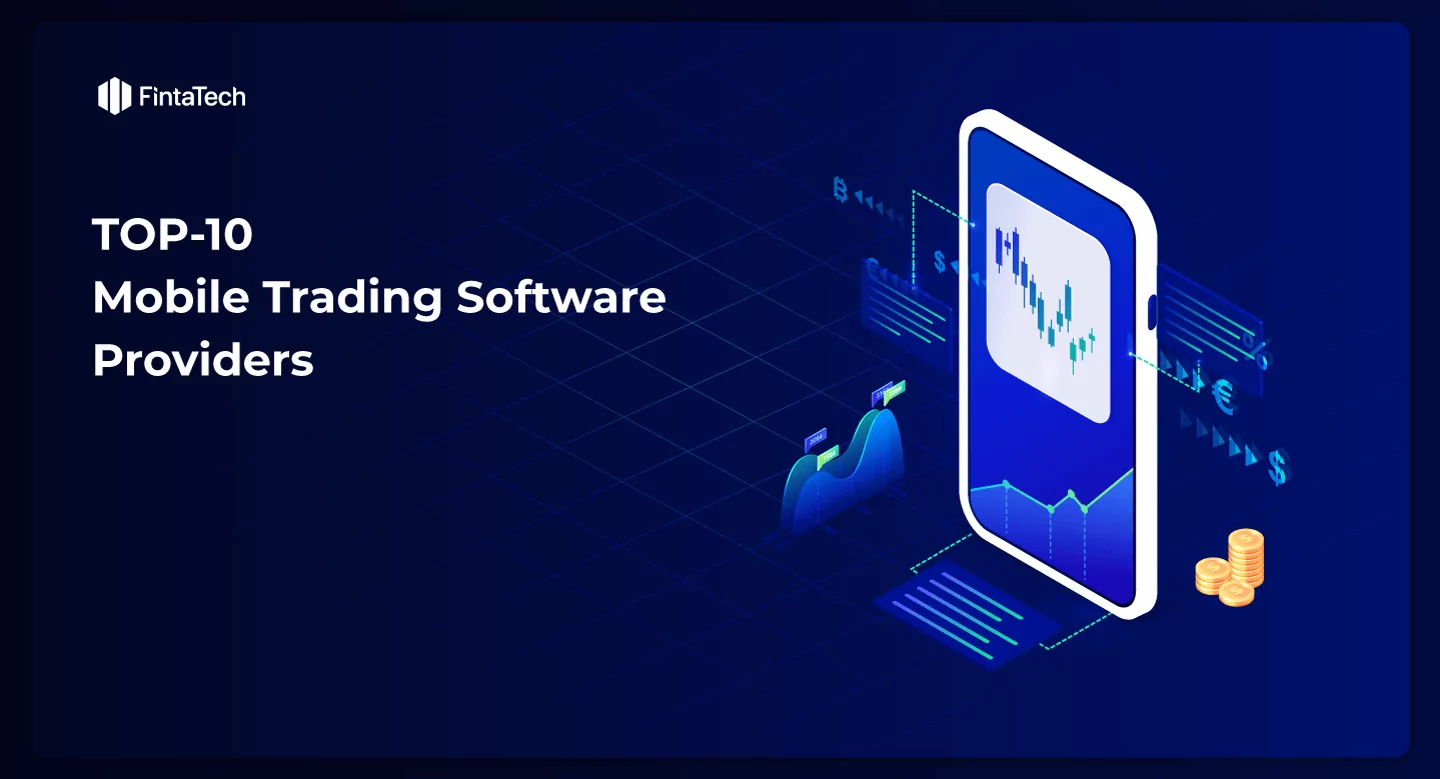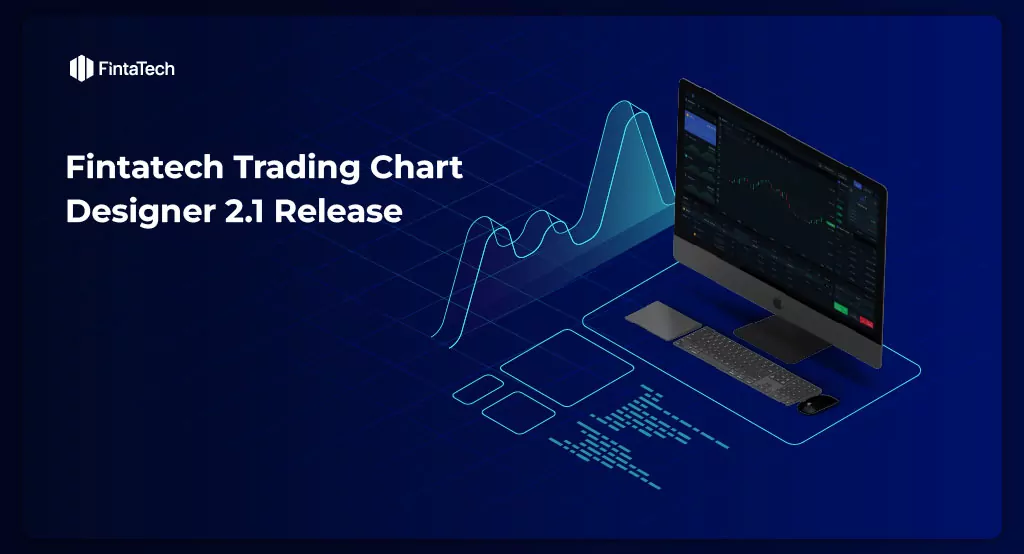
Trading Software November 16, 2023
Trading Platform Designer 2.0

Сase Study August 24, 2023
Mastering Supply and Demand Zones: A Comprehensive Guide 2023

Trading Software June 26, 2023
The 5 Very Best Swing Trading Indicators in 2023

Industry Highlights May 3, 2023
What is Digital Asset Trading?

Trading Software April 19, 2023
Best 10 Mobile Trading Software Providers for 2023-2024

Industry Highlights April 12, 2023
Trading Software Development Companies: TOP-10

Trading Software April 5, 2023
How Can Trading App Design Improve User Experience for Traders?

Trading Software March 14, 2023
Fintatech Trading Chart Designer 2.1 Release

Trading Software March 2, 2023
How to Make Automated Trading Software

Trading Software February 16, 2023

Twitter
Linkedin
Facebook